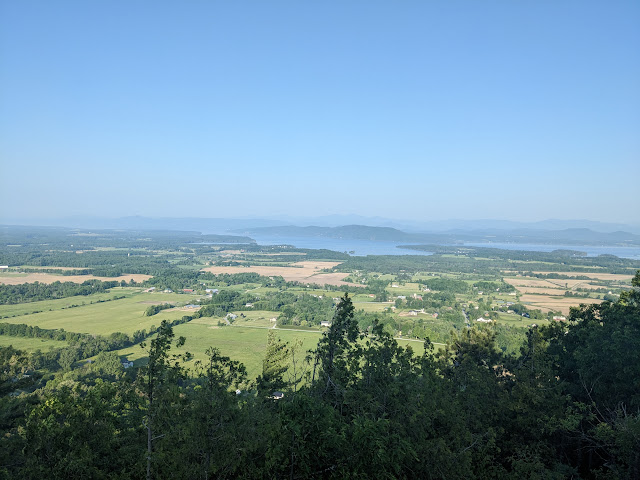In Shingon the 23rd of the month is recognized as a day to honor Amida Buddha. But it is also a day to celebrate Seishi Bosatsu, a much less known bodhisattva.
In his small book, "Junishi and Guardian Dieties", Rev. and Mrs. Taisen Miyata say the following about Seishi:
"The bodhisattva Mahastanaprapta (Seishi-bosatsu), together with Kanzeon is one of the two bodhisattvas that accompany the Buddha Amitabha. Seishi stands to the left of Amida and Kanzeon to the right. Seishi represents the active, outward manifestation of the working of the wisdom of Buddhahood, and Kanzeon represents the love and compassion inherent in that same Buddhahood. Seishi is usually portrayed with his hands held together, in gassho, and this represents the lotus-like heart of man which has yet to fully open up to the truth of enlightenment. It is Seishi's resolution to aid all men to speedily attain the state of supreme wisdom. His mantra is made up of symbolic syllables only; it is "On san zan saku sowaka!" (Sanskrit: Om sam jam jam sah svaha). The two words jam represent the arising (jati) of the two types of mental hindrances, the obvious hindrance of the defilements of the passions - hatred, ignorance, greed and the very subtle hindrance of the more sophisticated philosophical mistakes. It is Seishi's purpose in the world to remove all men's hindrances, and so make it easier for him to attain the wisdom of Nirvana."
You can find the above quote on page 12 of Rev. & Mrs. Miyata's book, "Junishi and Guardian Dieties", published in affiliation with the Koyasan Buddhist Temple, Los Angeles in 1976.
Regarding the above quote, please consider two points. First the Japanized form of the mantra does not correspond to the Sanskrit version and therefore may be missing a second "zan" (Sanskrit: jam). Secondly, please consider the exclusive use of the masculine terms as an artifact of the time of publication. We are pretty sure Seishi is a symbol meant to inspire everyone.
So please don't forget Seishi on the 23rd of the month and if you are inspired, practice his mantra. Perhaps you will be inspired, like Seishi, to help others in their path.







